16 Market Checklists for Product Development
Where can I find profitable products to sell online? This guide provides 16 tips to help you find your next idea and potential customers. Whether it’s a great product with great features, a unique twist on a classic product, or a trendy product with high market potential, a product idea is the first step to starting an ecommerce business. But what if you have aspirations for starting a business but don’t have a concrete idea yet? How do you find products when you don’t have an idea? It may seem like every product you can think of is already online.
However, new brands are emerging every day, and the market shows that there is still room for your ideas to come to fruition. By conducting product research, observing trends, and assessing customer demand, you can find profitable products and build your own brand. In this article, we will look at how to find products and build a customer base to sell your products to.
What is product research?
Product research is the process of gathering information and data about a specific product and the current market for that product. It involves researching the brands (competitors) that sell the product, their customers, and the overall industry. It also involves analyzing the information collected to answer specific questions about the product, such as market demand, product feasibility, and optimal sales channels. Product research is not only useful for startups looking for their first product, but it is also a vital tool for growing brands. It can help strategically validate moves to expand into new products or categories, allowing brands to avoid risks and stay ahead of the competition.
16 Ways to Find Products
- Troubleshooting
- Trend Pre-Spotting
- Targeting niche markets
- Targeting underserved markets
- Follow your personal passion
- Consider professional experience
- Find product opportunities from keywords
- Use of social media
- Explore online marketplaces
- Improve existing products
- Research products with high profit margins
- Meeting the demand for sustainability
- Attend trade fairs and exhibitions
- Consider personalized products
- Global Market Analysis
- Get inspired by social change
1. Problem Solving
Profitable products focus on solving problems. When assessing customer demand for your product, pay attention to the problems people are having with products around them. Social media and customer review sites are great places to find ideas. Solving a problem doesn’t always mean inventing a completely new product. Sometimes, you can find opportunities simply by identifying flaws in a competitor’s product design or recurring patterns of poor customer service in a particular industry.

Solving common inconveniences by improving existing ideas is a very effective strategy. Gloria Hwang successfully built her brand, Thousand , using this method. She found that many cyclists cited style as the reason they did not wear helmets. “If you make helmets that people actually want to wear, you can save lives,” she says. Gloria’s brand reinvented the everyday product, the helmet, by focusing on style and safety.
2. Trend Capturing
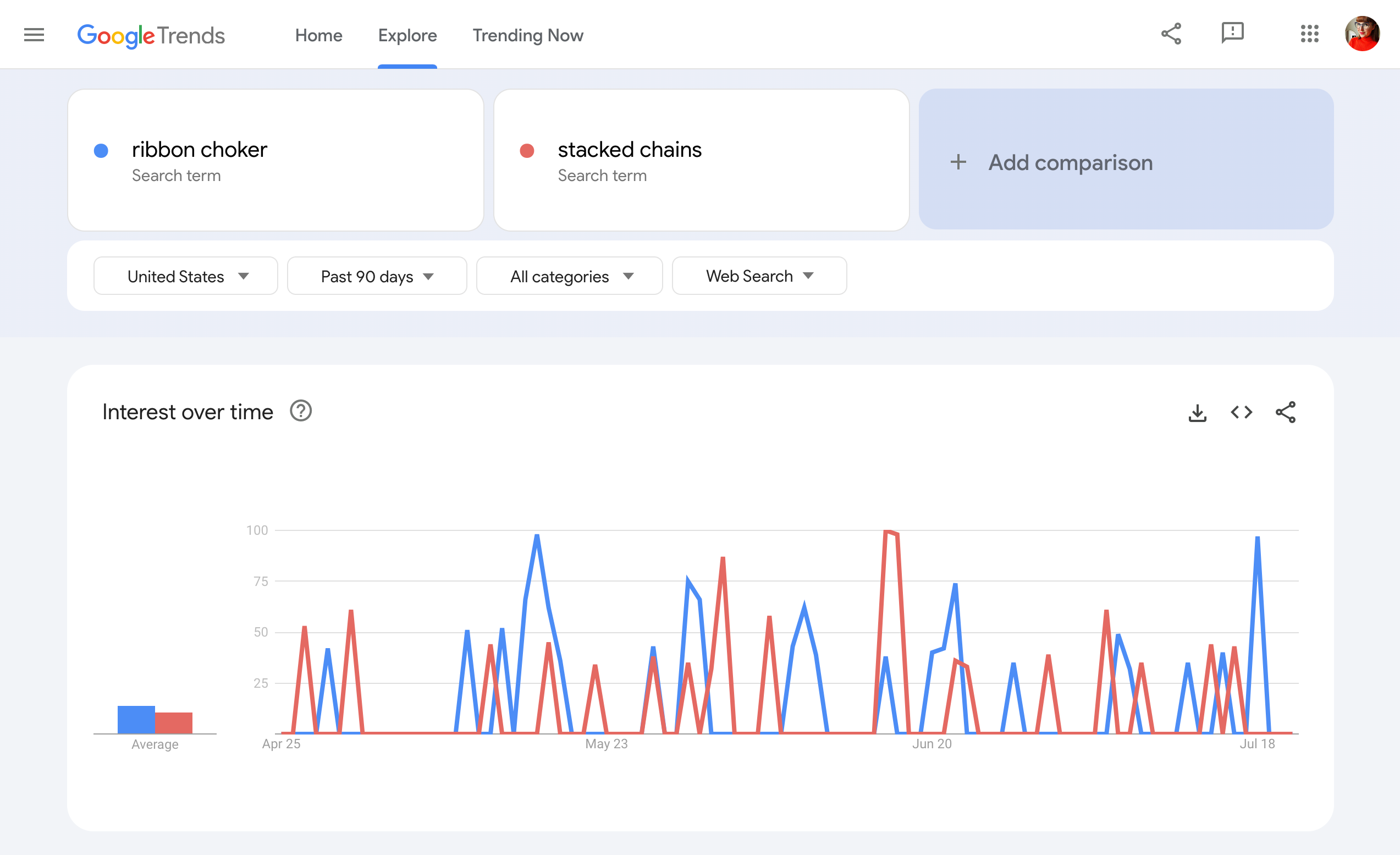
To spot products with trend potential and capitalize on the opportunity, you can consider the following:
- Social Media : Social media can basically start with searching for trending hashtags and following influencers in a particular genre. Most platforms have a trends tab or section. You can also use social listening tools to identify and monitor trends over time.
- Google Trends : Google Trends is a tool that lets you see how popular a trend is over time. Like fashion, trends come and go in cycles, and Google Trends can help you predict the next wave of trends.
- Trade publications : Publications in your field can provide insights or trend forecasts based on research and historical trends. Regularly review trade publications in your industry to identify new opportunities.
- Current Affairs and Pop Culture : You can find profitable product opportunities by following media about what’s happening in the world. Trends often come from popular TV shows or world events.
- Technological advancements : New technologies can spark customer demand for products that use them. Consider the surge in “smart” appliances and devices coming to market following advances in AI and machine learning. Keeping an eye on technological advancements can provide opportunities to introduce innovative products that match them.
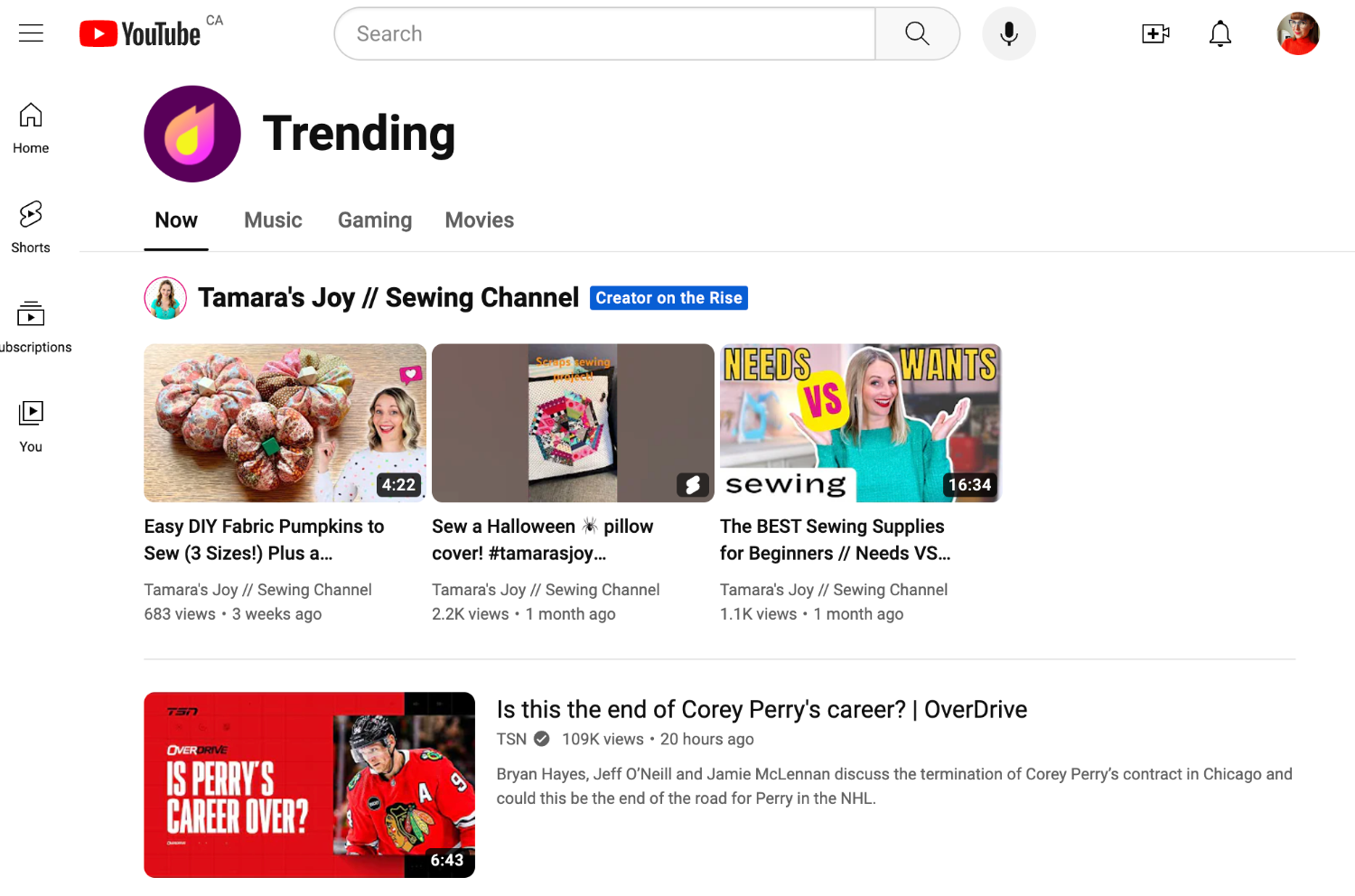
Miguel Leal has taken trends from one industry and repackaged them for another. His brand Somos noticed that Mexican food products in supermarkets were not evolving with his favorite Mexican restaurants. Miguel took trends he had seen in popular restaurants and transferred them to grocery stores. This made it easier for regular consumers to enjoy trendy elements of Mexican cuisine that were previously only available in restaurants at home.

3. Targeting niche markets
When people are passionate about a particular hobby or interest, they are more likely to invest money in the products they want. That’s why it’s important to understand your target market. This can be easier if you’re selling to a group that you belong to. For example, if you enjoy playing pickleball or attend a weekly knitting club, talk to your fellow enthusiasts to find out their preferences and pain points. Focusing on a niche can mean a smaller market, but a good product-market fit can create a very loyal customer base. This approach can be especially successful if you find a niche that is not adequately catered to by current products on the market.
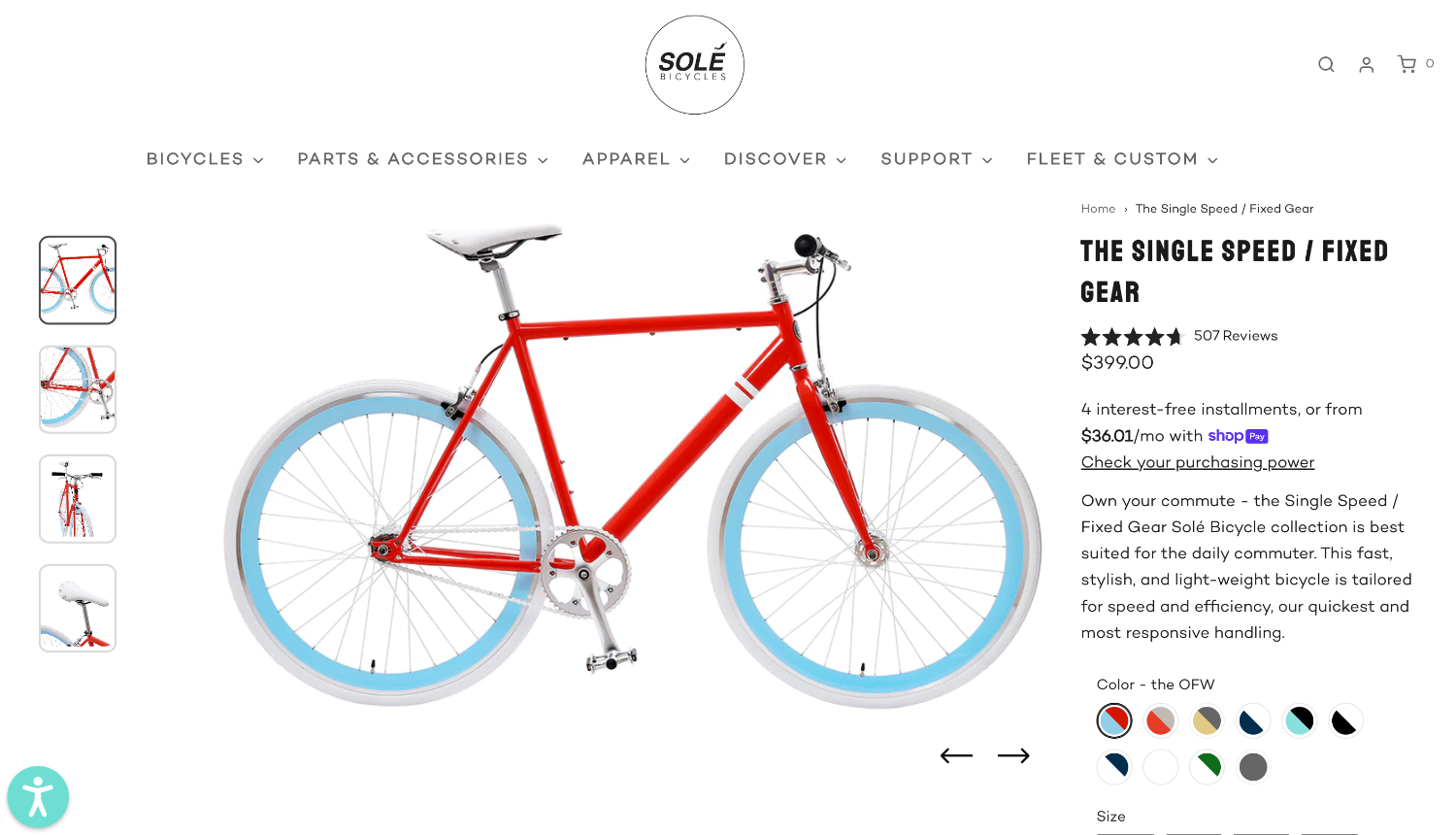
Solé Bicycles doesn’t just sell bicycles. The brand designs for people who see their bikes as “moving canvases” that express their individuality and style. That’s why bold color options are integral to Solé’s line, and the brand’s marketing revolves around aspirational lifestyle imagery.
4. Targeting underserved markets
Underserved markets aren’t just limited to people with niche interests. They can also include entire demographics that are being ignored by brands currently in the market. For example, the LGBTQ+ community may feel that the wedding industry doesn’t always meet their needs. The wedding industry often caters primarily to heterosexual couples. By uncovering these gaps, you can provide an opportunity to find the products your customers want.

Yelitsa Jean-Charles noticed a lack of dolls celebrating curly hair in the doll market for black children. She designed Health Roots Dolls, which teach girls how to love and style their hair, the product she wanted as a child. “When you’re ignored by the mainstream media, you have to be the problem solver,” says Yelitsa.
5. Follow your personal passion
Choosing a niche based on your interests is one of the most common approaches to starting a business. Many businesses are born from hobbies, especially those who make handcrafted items and sell them online. The fit between founder and market is very important. When you are deeply immersed in what you are selling, you are more likely to overcome obstacles and stay motivated as you build your business. Also, when you already have an ideal buyer persona, you are more likely to understand your target market.

Sarah Chisholm’s career as a dancer came to an abrupt end. That’s when she used her passion to find a new path. She founded Wild Rye Baking Magic , a brand that sells premium cakes, frostings, and pancake mixes, based on her love of food. She built her business by leveraging her existing knowledge and connections, and says, “No one knows your community better than you do.”
6. Consider professional experience
Past experience can be a huge help in your future business success. Have you completed your career as a coach? Look for products that target amateur athletes. Do you have training experience? Create a training course as a digital product that you can sell online. Your experience means you understand your audience, have connections in the industry, and are easily trusted because of your expertise.
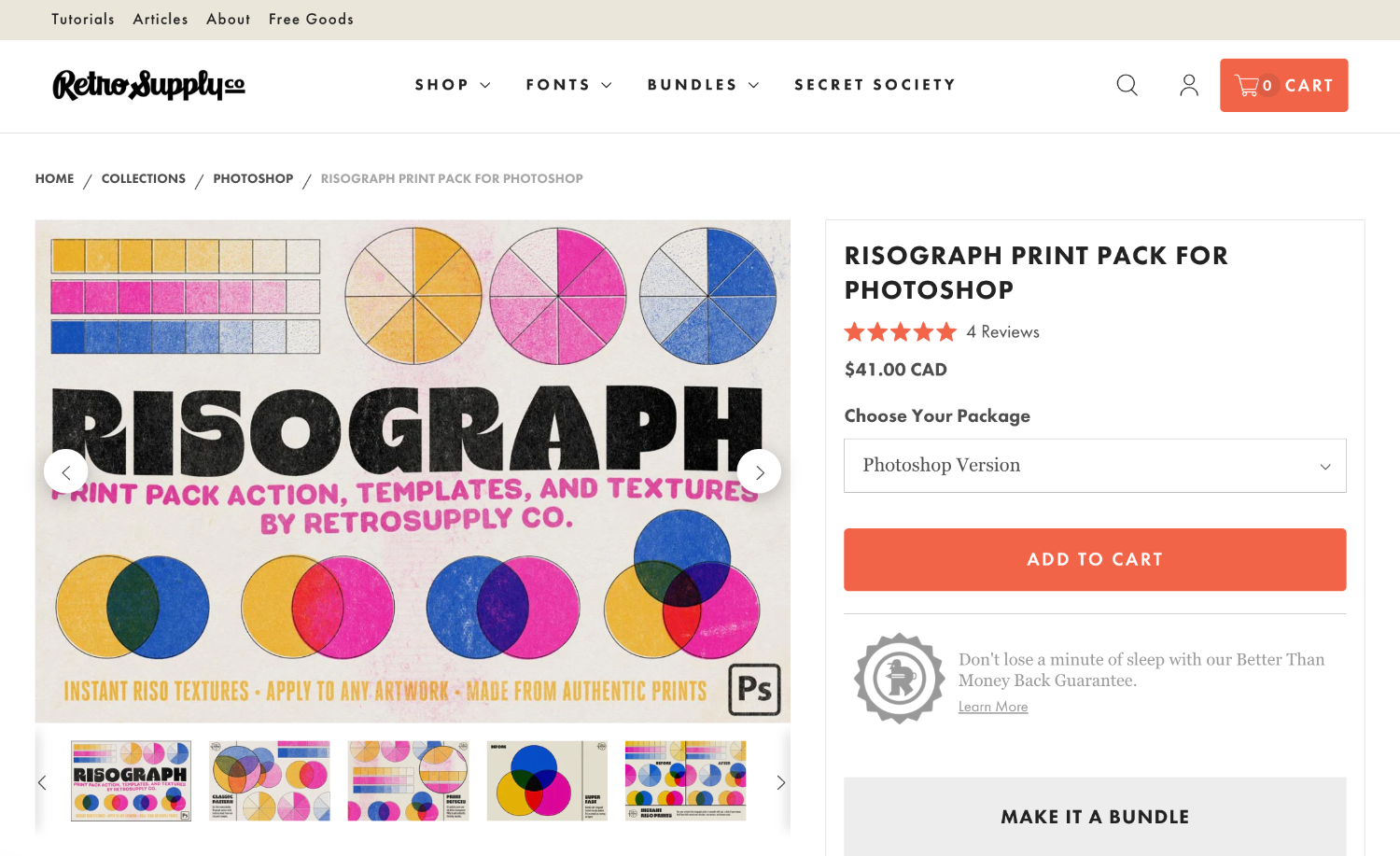
RetroSupply is a brand that sells vintage-style fonts and other design assets for graphic designers and illustrators. Founder Dustin Lee transitioned from a freelance web design business to generate more passive income through RetroSupply’s digital product selection.
7. Find product opportunities from keywords
Getting organic traffic from search engines is a great way to grow your business. However, with so much competition and Google’s constantly changing algorithms, SEO can be overwhelming for new business owners. However, keyword research can help you find opportunities that have high search volume (i.e., products that people want) but also low competition (i.e., it’s easier to rank for those terms). There are a number of tools and browser extensions you can try for keyword research, some of which are free. This can help you find product opportunities that will effectively rank you in search engines and get you noticed by potential customers.
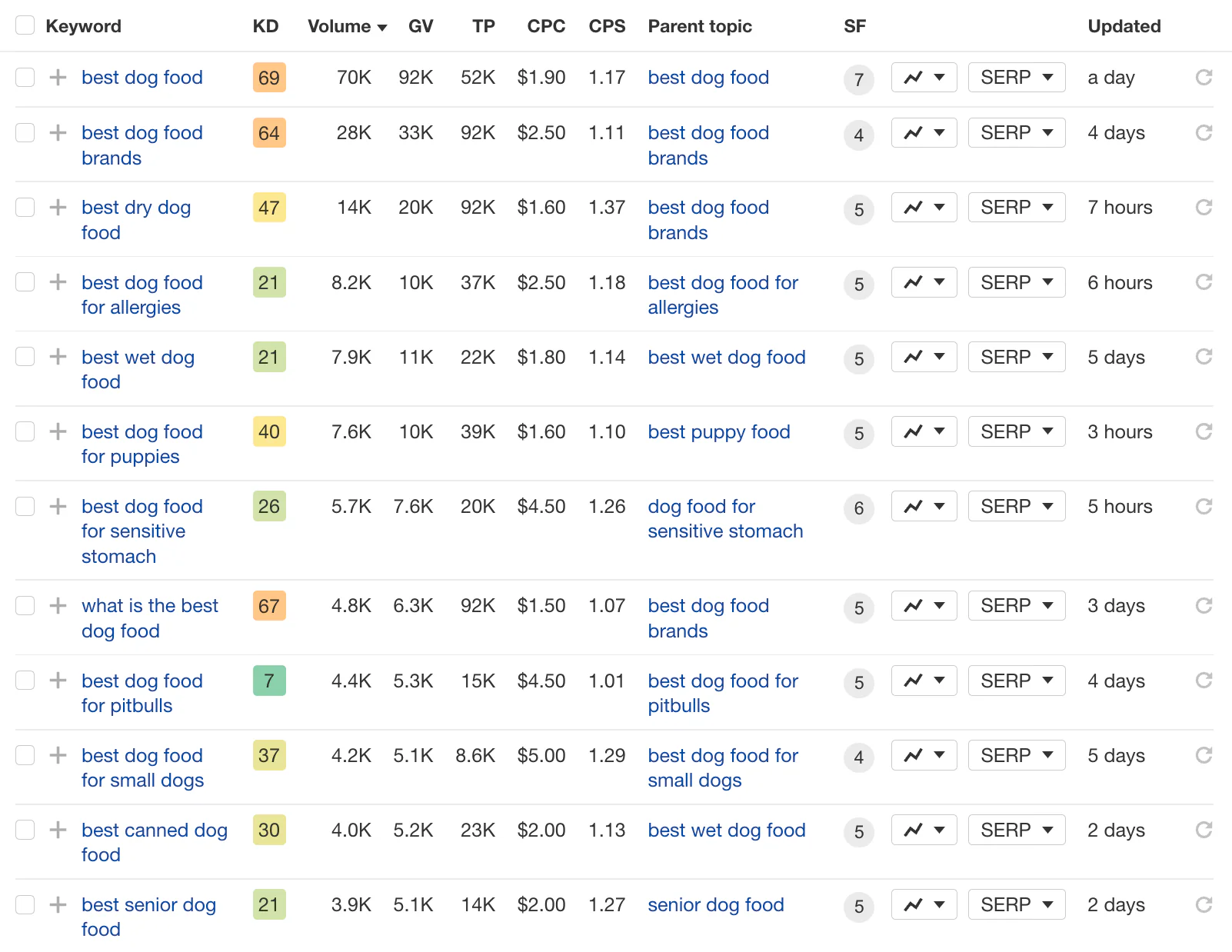
Remember, Google isn’t the only place people start their searches. More and more consumers, especially younger Gen Alpha and Gen Z shoppers, are using social media platforms to discover products. Search data from Pinterest, Instagram, and TikTok can help you get product ideas that appeal to these demographics.
8. Use social media
I learned that social media is not only a great place to spot trends and do keyword research, but it’s also a great platform for testing ideas, understanding audience behavior, and finding inspiration. Jacob Winter, co-founder of Mush Studios , discovered his business idea when his rug-making videos went viral on TikTok. The interest in his work told him there was a market for his hobby. Because he already had an audience as a creator, he had a good understanding of how to talk to them and sell to them.
9. Explore online marketplaces
While you can sell on platforms like Amazon, Etsy, and eBay alongside your independent Shopify store, you can also use these marketplaces simply for research purposes. Each platform has listings designed for shoppers that can provide useful insights to help you discover product opportunities. Here are some links to help you get started:
- Amazon Best Sellers
- Amazon Most Wished For
- Amazon Movers & Shakers
- Etsy Best Selling Items
- Etsy Most Popular Item

To dig deeper, consider using a tool like Jungle Scout , which analyzes data including best-selling products and popular sellers to help you identify opportunities.
10. Improvement of existing products
Customer reviews can be a great source of information when you’re looking for a product to sell. Reviews can help you identify problems with your existing products. Once you’ve narrowed down your product, category, or industry, look at reviews of top-selling products. You’ll be able to see where those products fall short. This also applies to existing businesses. If you’re looking for the next product to sell under your brand, analyze reviews of your current products to understand what your customers want. You can use this feedback to guide the development of your next product. By launching a new version that addresses customer concerns or needs, you can increase customer satisfaction and sales.

Brightland ’s Aishwarya Iyer recognized that with dozens of generic olive oil options on supermarket shelves, it was difficult for consumers to understand what they were buying. She saw that with great branding, consumer education, and carefully selected production partners, she could improve the everyday grocery. “I thought there had to be something that people could really get excited about and build a brand that they would be proud to have in their kitchen,” says Aishwarya.
11. Research products with high profit margins
A good approach to start with is to look for products that have low costs and high profits, i.e., high margin products, because these products are low risk. When pricing a product, you need to consider the cost of goods sold (COGS) to determine the retail price and profit margin. COGS includes all the costs associated with making, promoting, storing, and shipping the product.
Look for low-cost products that can generate a high return on investment (ROI). Products with high profit margins include children's products, specialty products, candles, and private label products.
12. Meeting the demand for sustainability
Consumer trends show that there is a growing demand for brands that are more socially conscious. This includes everything from sustainable business practices to eco-friendly products. Younger consumers in particular tend to gravitate toward brands that align with their values. You can meet this demand by selling sustainable products.
Some approaches to finding products to sell in this category include researching other sustainable businesses to find popular products, or designing sustainable versions of existing products to create a more meaningful position in the market.
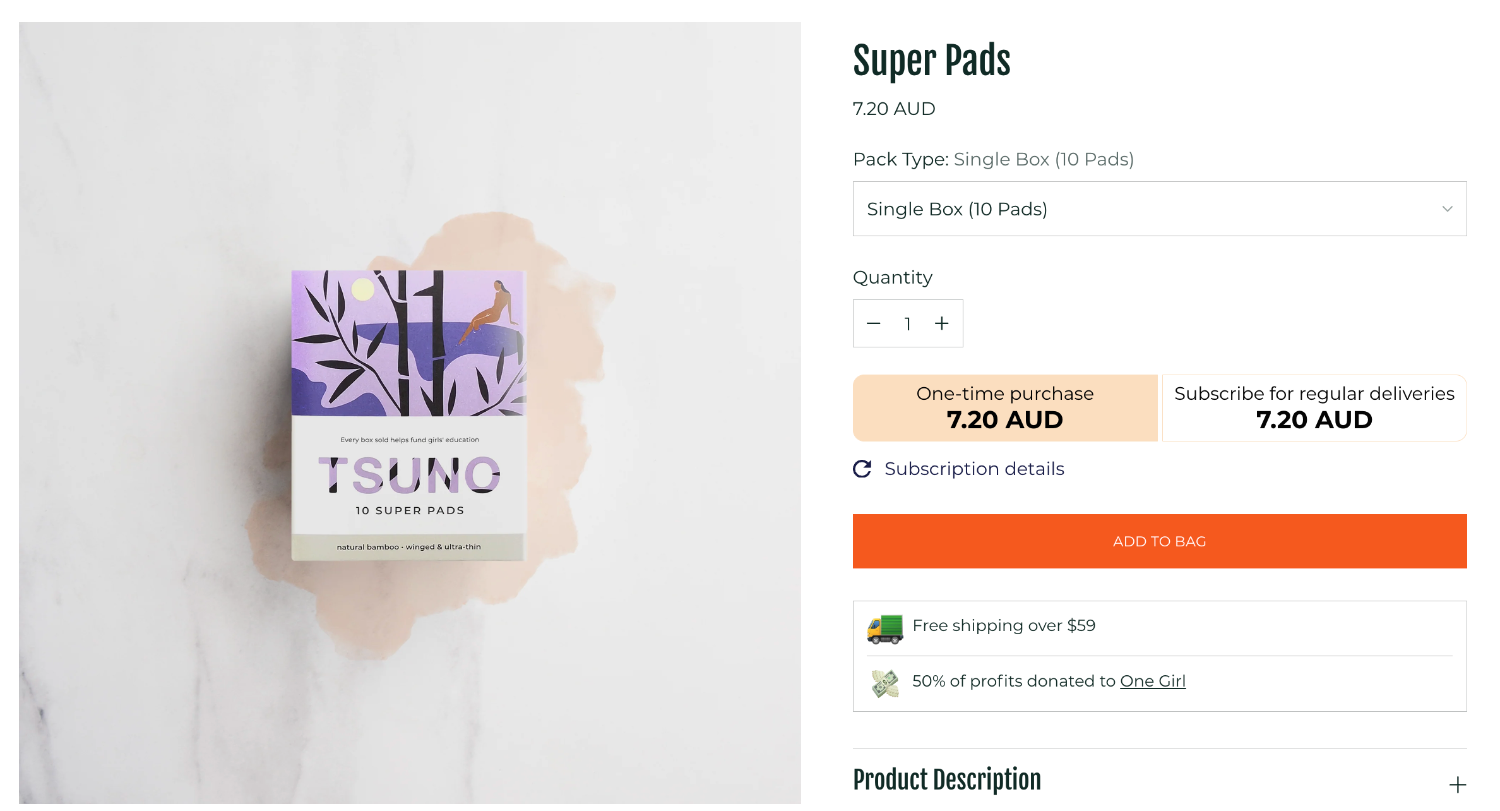
Tsuno founder Roz Campbell saw an opportunity to improve everyday personal care products. Not only did she design sustainable menstrual products, she also created a one-to-one program that donates products to girls in need. She also invests the proceeds in partner organizations to help girls go to school.
13. Attend trade fairs and exhibitions
Understanding the current market situation and potential competitors is an important step in the product research process. If you already have a specific industry or product category in mind, conduct a competitive analysis and visit trade shows, markets, and other events to find good product ideas. Pay particular attention to which booths are getting the most attention.
14. Consider personalized products
One way to differentiate yourself from the competition is to offer unique, personalized, and somewhat “my-own” products. The print-on-demand model allows you to execute these customized products, such as t-shirts or mugs, without having to manufacture them yourself or keep inventory.
Pluto Pillow has taken advantage of the sleep hygiene trend and reinvented a product that is in every home. Their pillows are custom-made to fit each person’s unique sleeping position and preferences. This allows them to differentiate themselves from the competition by offering a personalized product and a unique experience for their customers.

Note: Personalization can extend beyond the product itself. If you’re selling an existing product in a competitive market, you can differentiate yourself by providing a personalized shopping experience around your brand.
15. Global Market Analysis
Global markets can be key to unlocking the next big trend in your region. Trends from other countries can spread beyond their borders. For example, consider the rapid growth of Korean beauty (K-beauty) in North America in the early 2010s. Look at the regions that influence your culture and consider what trends you can catch before they start. By closely monitoring international market trends, you can uncover new opportunities and become a leader in your local market.

You can create your own product or become a local distributor or reseller for an existing brand. Gillian Gallant discovered the Paper Shoot Camera on TikTok and was convinced that it would be popular in North America. She then became a local distributor for the product and found success.
16. Get inspired by social change
Beyond sustainable products, companies can demonstrate their values in other ways. Socially impactful brands can build loyalty with customers who share these values. If you sell a common product, linking it to a social cause can be a huge differentiator between your brand and your competitors. By connecting your brand to social issues that matter to your customers, you can create greater loyalty and brand value.

Hippy Feet is a brand that sells socks and other accessories, and 50% of its profits go to non-profit partners. Customers don’t just buy socks from this brand for their creative patterns and variety of options. They also buy them because they feel good about doing something good with their purchase. Hippy Feet’s success is a great example of how a brand that values social values can appeal to customers.
Validating Product Ideas
Product validation happens when actual sales are made and your gut feeling is correct. But there are a number of things you can do before you choose a product to determine whether it will sell well.
- Conduct product research : Evaluate your market and competitors. Analyze the strengths and weaknesses of your competitors’ products and think about how your product can be differentiated.
- Conduct market research : Use focus groups, surveys, or social media to get feedback. It’s very useful to get a preview of what your potential customers will think.
- Profitability Analysis : Determine if your product is profitable. Understand your costs, determine your ideal retail price, and calculate your margins.
- Try a Crowdfunding Campaign : Before you launch your ecommerce business, it is very valuable to secure some level of interest and investment from potential customers. Crowdfunding allows you to test the customer response and secure initial funds.
- Conduct pre-sales : Similar to the above method, you can conduct sales before manufacturing the product to gauge real customer interest.
“I was always taught to take smart risks,” says Nancy Twine, founder of Briogeo. “So when I was leaving my career in finance to start my own company, I wanted to feel confident about what I was starting.” For her, that meant investing in market research and building the company slowly while still being employed.
Product opportunities are everywhere
Whether you’ve narrowed down your product category or are starting from scratch, there are plenty of places to find profitable product ideas that are in high demand. Use search engines, social media, and Google Trends. Look at other brands’ best-selling products, and find underserved audiences in trendy products or niche markets.
If you have decided on a niche product for your online business, you have now taken the first step towards your future as an entrepreneur. Set up your online store and invest in digital marketing to reach your ideal customers. You are now ready to sell your products online!
Find a Product FAQ
How do I find products to sell online?
There are many ways to find products to sell in your ecommerce store. Product opportunities can be found by solving a customer problem, appealing to a niche market with a passionate hobby, pursuing a personal passion, or leveraging professional experience. Finding profitable products to sell in your online store requires evaluating product demand and conducting thorough market research.
What are some good sources of product ideas?
You can find products to sell by looking at social media, current trends, successful products from other brands, and search volumes on Google and Marketplace. Trade publications or consumer magazines related to your desired product category can also be good resources.
Which product categories are in high demand?
High-demand product categories can change over time. Jungle Scout released a list of the most popular categories on Amazon in 2024, and Shopify frequently updates its list of trending products. You can use these lists to identify patterns within a product category. However, keep in mind that high-demand product categories can also be highly competitive.
How can I validate my product idea?
You can verify the market potential of your product idea by researching search, social media, and industry trends. Use tools like Buzzsumo and Google Keyword Planner to see what people are talking about and searching for. Evaluate your competitive landscape to identify opportunities and gaps. Fill those gaps to meet your customers’ needs.
What are your most profitable products?
Profit margins vary depending on several factors, including cost of goods sold (COGS), pricing strategy, level of competition, and product demand. However, some product categories generally have lower costs and higher margins. These include beauty products, jewelry, and electronics.
